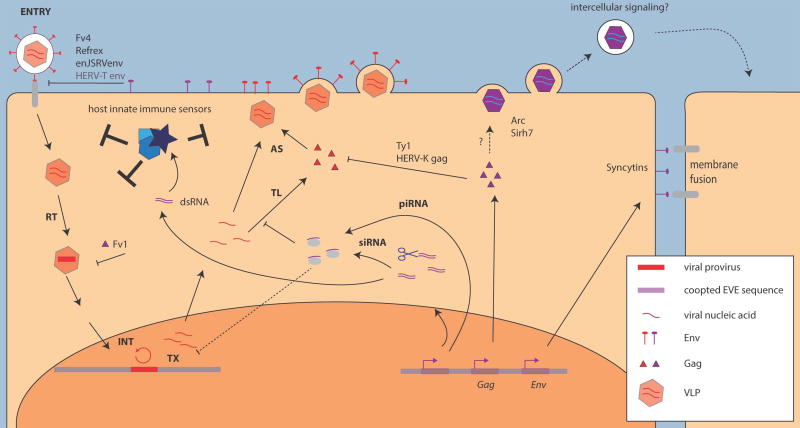Figure 2. Mechanisms of EVE co-option for antiviral immunity and cell physiology.
A prototypical retroviral life cycle (shown in red) proceeds through cell entry (ENTRY), reverse transcription (RT), chromosomal integration (INT), proviral transcription (TX), translation (TL) and particle assembly (AS). EVE-encoded proteins and RNAs (shown in purple) can interfere with many steps of virus replication. EVE-encoded proteins may block virus entry (Env), provirus release (Gag), virus genome replication, and capsid assembly (Gag). Small RNAs (piRNAs, siRNAs) derived from EVE loci may also repress virus expression transcriptionally or post-transcriptionally. EVEs can also mediate cell fusion (Env) and may be involved in intercellular signaling (Gag). Viral proteins and nucleic acids can be recognized by host innate immune sensors (shown in blue) resulting in stimulation of the innate immune response.

